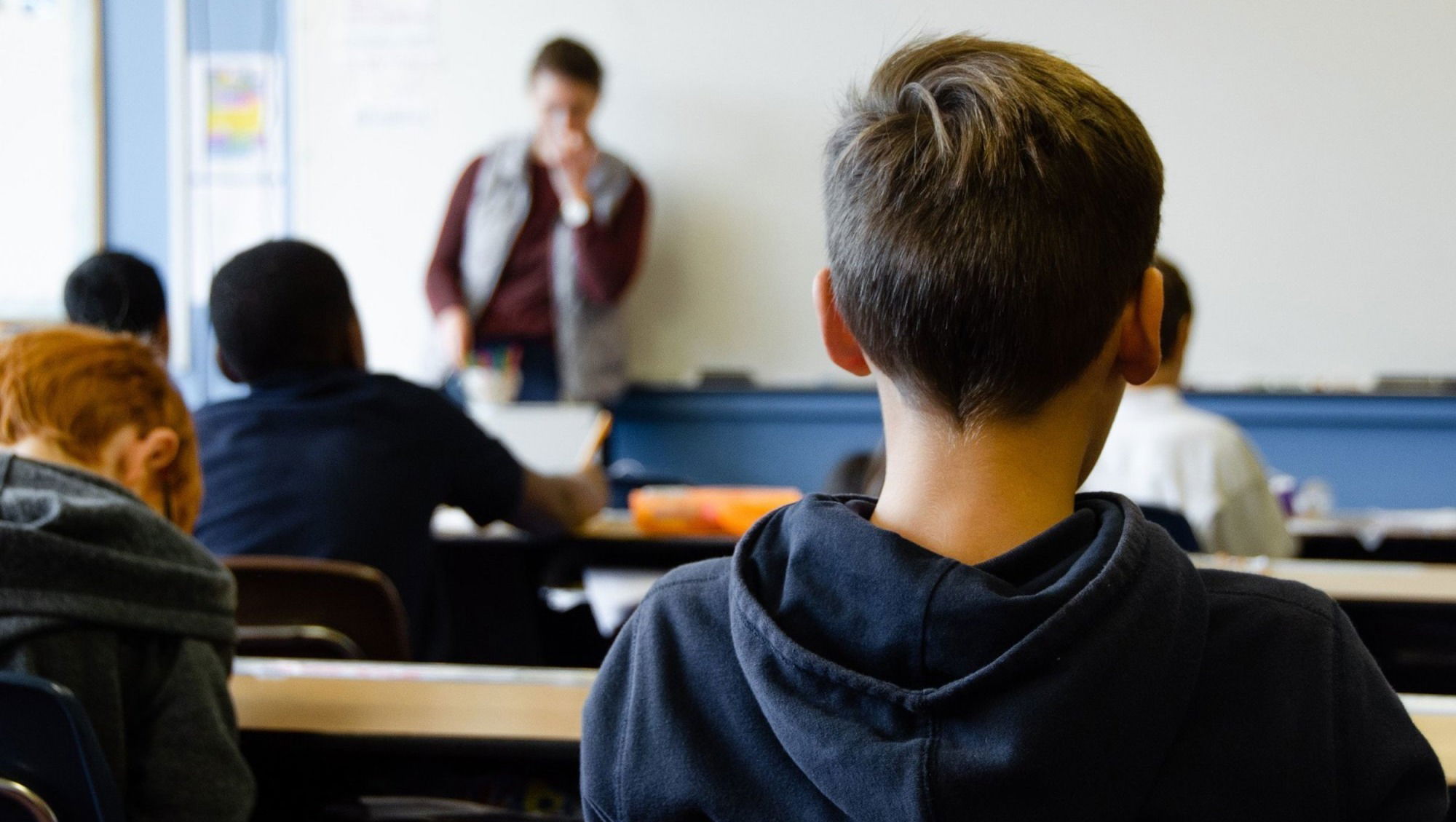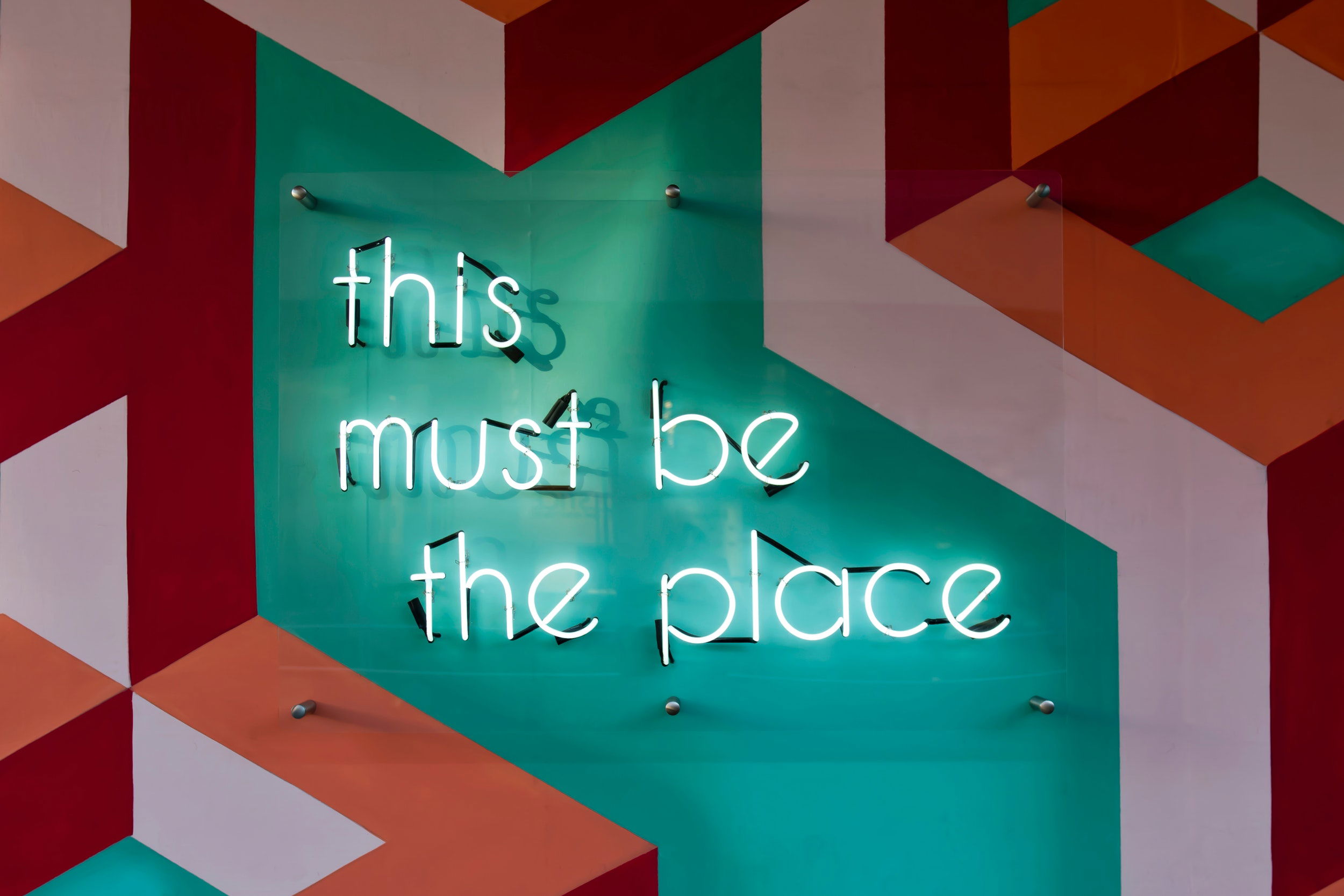Hello to Key Stage 2
I like it here :)
As part of my teacher training, I had to spend 20 days in another key stage. This was known as my Alternative Key Stage Placement (AKS), which formed part of my broader school experience. A day in a secondary school and time at another primary school were the other parts of my broader school experience (see blogs on my secondary school day and my contrasting school experience). The placement was a requirement for qualified teacher status (QTS), and I was really looking forward to it. Having only worked in key stage 1 (KS1), I was thrilled to be given the opportunity to explore another key stage.

As a Year 1 teacher, I decided to do my AKS in key stage 2 (KS2) rather than early years. Trainees were given the option to do their AKS placement in another school, but I chose to do mine at my employment school. KS1 and KS2 were in completely separate buildings at my school, and I was always intrigued by what KS2 might be like. I wondered if it was similar to KS1 or whether it might feel like a completely different school. I was keen to see the development of pupils in KS2, and I wanted to observe the progression of our maths and writing programmes.

I originally wanted to do my placement in Year 3, but my school already had a PGCE student in that class. My headteacher decided to place me in Year 5, and I was initially unsure about how I would find upper KS2. However, I loved every moment. Ten of my AKS days were observation days, and the other 10 were teaching days. I was able to have my observation days sporadically throughout the year, but the 10 teaching days had to be over two consecutive weeks. All 20 days had to be completed before the May half-term holiday, and my school planned for me to do the whole placement in May.

Before beginning my AKS placement, my mentor and I had to agree on what my focus would be. We decided that the focus would be on teacher presence, pace, subject knowledge, misconceptions in maths and maintaining high expectations. I recorded this on my pre-placement AKS form (this was Form 1 of 3 that I had to complete at different points throughout my placement), and the Year 5 teacher was also made aware of them. She acted as a mentor during my placement and was in the classroom with me every day. Having taught the class in year 4, she knew them really well and had a great relationship with them. It was her third year of teaching, and she was an excellent teacher.

The development and growth between year 1 and year 5 is quite remarkable. In KS2, pupils can self-regulate, and I was amazed at their maturity. They were independent, well-behaved, and incredibly keen to assist their teacher. The behaviour management that was drilled into them in year 1 was consistent in KS2, and pupils were fully schooled in how to behave. They knew exactly what was expected of them in lessons and around the school. It was good to see the consistency of teachers throughout the school and that the same silent signals were being used.

The high expectations that were established in year 1 were still present in year 5. I was encouraged to see pupils answering questions in full sentences and projecting their voices. Pupils still had run breaks during lessons, and they were now learning another language (weekly French lessons). The tables were arranged differently in the classroom, with rows rather than groups. The class teacher thought it helped with behaviour management, and it still allowed for partner work. Pupils sat in mixed-attaining pairs, which allowed for peer learning. The other Year 5 teacher preferred having her tables arranged in groups, and she also had carpet time during lessons. I understood my host teacher's thinking, and I also understood the theory behind pupils sitting in groups. It was an interesting topic to discuss.

Observing the Year 5 teacher enabled me to see just how different KS2 teaching is. I took plenty of notes on how she taught and delivered lessons, and I focused on her tone and style. Year 5 pupils want to be treated like mini-adults, and there was far less pantomime. The verbal praises that I used in year 1 were no longer fitting for year 5, and I had to adapt my practice. If I'm honest, the year 1 pantomime was never my natural default, and I was definitely more suited to year 5.

During my teaching weeks, the Year 5 teacher was super helpful with planning and talked me through each lesson. She gave me daily feedback on my teaching and was able to observe my progress. My Development Lead (DL) and mentor observed me during my AKS placement, and my mentor regularly dropped in. Having observed me teaching in Year 1 and in Year 5, my mentor and DL both agreed that I was more suited to KS2.

In Year 5, I didn't teach phonics, but the class had daily guided reading lessons. I would read a text or story chapter aloud, and pupils would follow with their partners. Answering comprehension questions was a key part of lessons, and pupils had to answer in full sentences while using evidence from the text. Pupils had set times for silent reading and always read a book when they finished their work. The class library had a fantastic range of books, and pupils could choose their own books for independent reading. I smiled when I saw a book written by another Nadine, with a very similar surname to mine.
One of the books in the Year 5 class library

As I got to know Year 5, it was encouraging to see pupils who'd progressed through KS1 and were excelling and working hard in KS2. I could see where Year 1 was heading, and I knew they were in excellent hands.

Pupils in Year 5 had beautiful cursive handwriting that blew me away. Their vocabulary highlighted their depth of knowledge and understanding, and their creative writing was highly descriptive and enticing. I could see how their knowledge had built on everything they'd learned in KS1, and they were keen to show off their skills and abilities. In Year 1, pupils used tens and ones place value charts, and by year 5, they'd learned about the decimal, thousandths, thousands and everything in between.

In Year 5, I became increasingly aware of my need to brush up on my own subject knowledge. I had to familiarise myself with place value and other maths topics, as well as year 5 grammar. I felt that the curriculum had been given a complete overhaul since I was at school, and it had greater depth and detail.

As part of my teacher training, I observed numerous expert teachers across my school. Sometimes I would drop into classrooms for 15 minutes or half an hour, and they were still valuable learning opportunities. I also observed some early career teachers in lower KS2. I quite liked year 4 and thought that it might be a good year group for me to teach in the future. I think it's really important to experience a range of different year groups while training. Just observing a class for 30 minutes can be incredibly insightful and can really help a trainee find their fit :).

During my placement, I was always mindful of my focus areas and made notes on how I'd developed in them. This was all written on my AKS Form 2, which also included comments from my mentor. Doing my placement at my training school was definitely the right decision for me. My mentor and DL both saw improvements in my practice, particularly in my questioning, pace, expectations and teacher presence, which was encouraging. I knew that my Year 5 experience would make me a better Year 1 teacher, and I was really looking forward to the summer term. At the end of the placement, I completed my final form (AKS Form 3), which detailed the learning that I would embed in my practice, as a result of my AKS experience.

On reflection, my AKS placement was invaluable for my practice and my professional development. It allowed me to explore a completely different year group, and I met some amazing members of staff. I saw how my school's learning journeys and teaching programmes ensured progress, and I could see the personal development in the pupils. I made significant improvements to my practice in Year 5, and it really helped me to think about my strengths and year group preferences. My AKS experience was one of my training highlights, and I truly valued this part of the programme.
